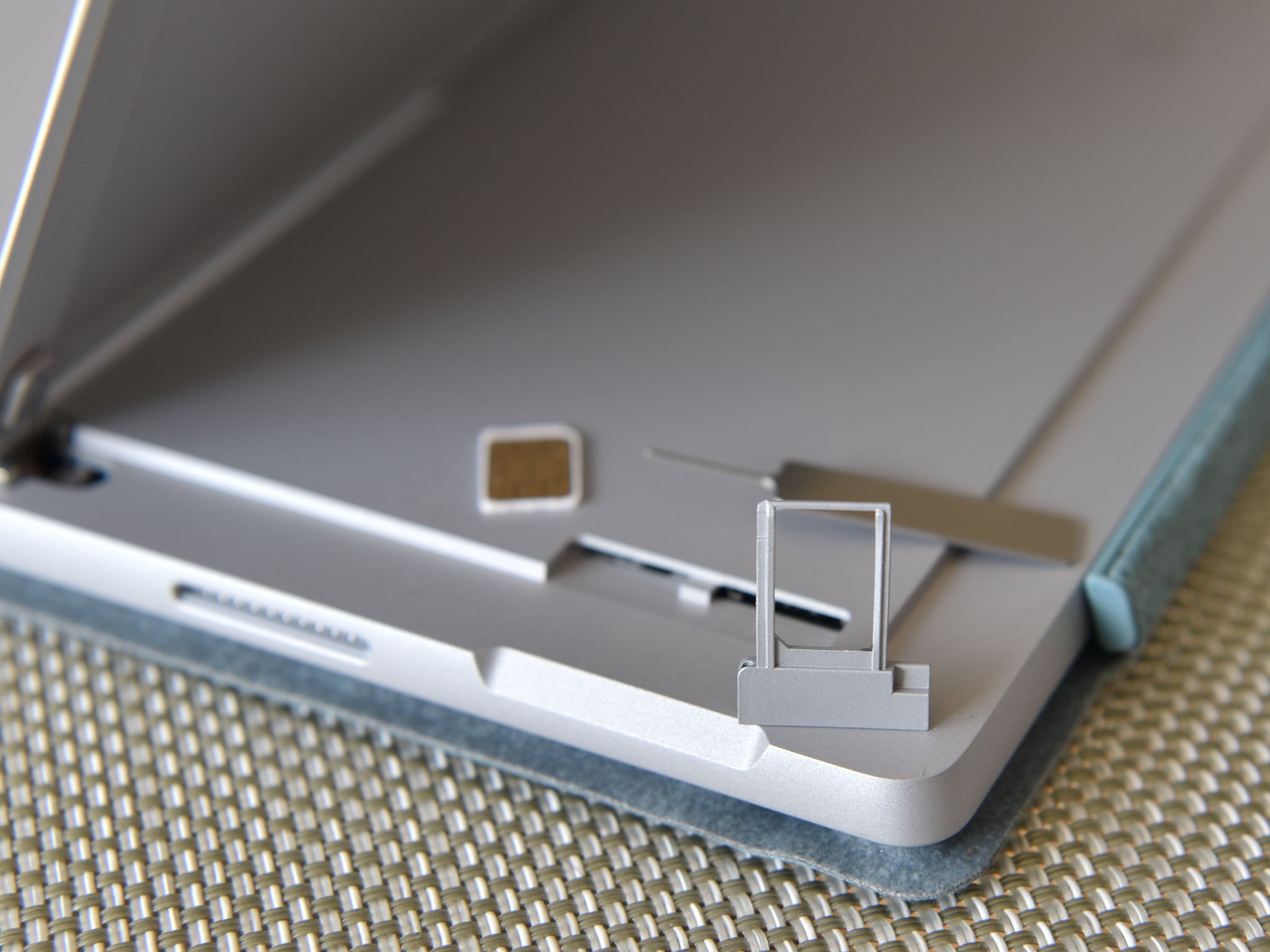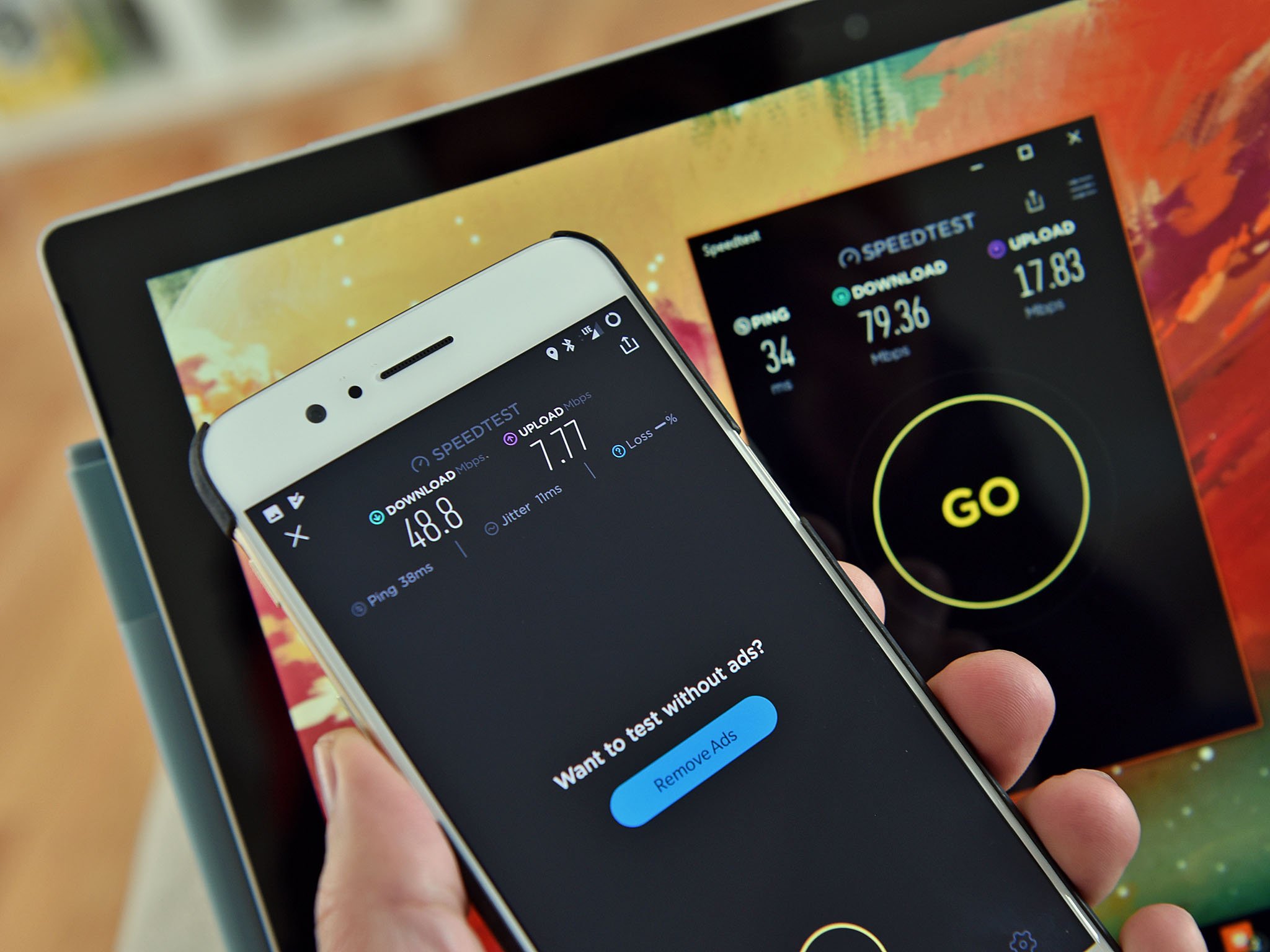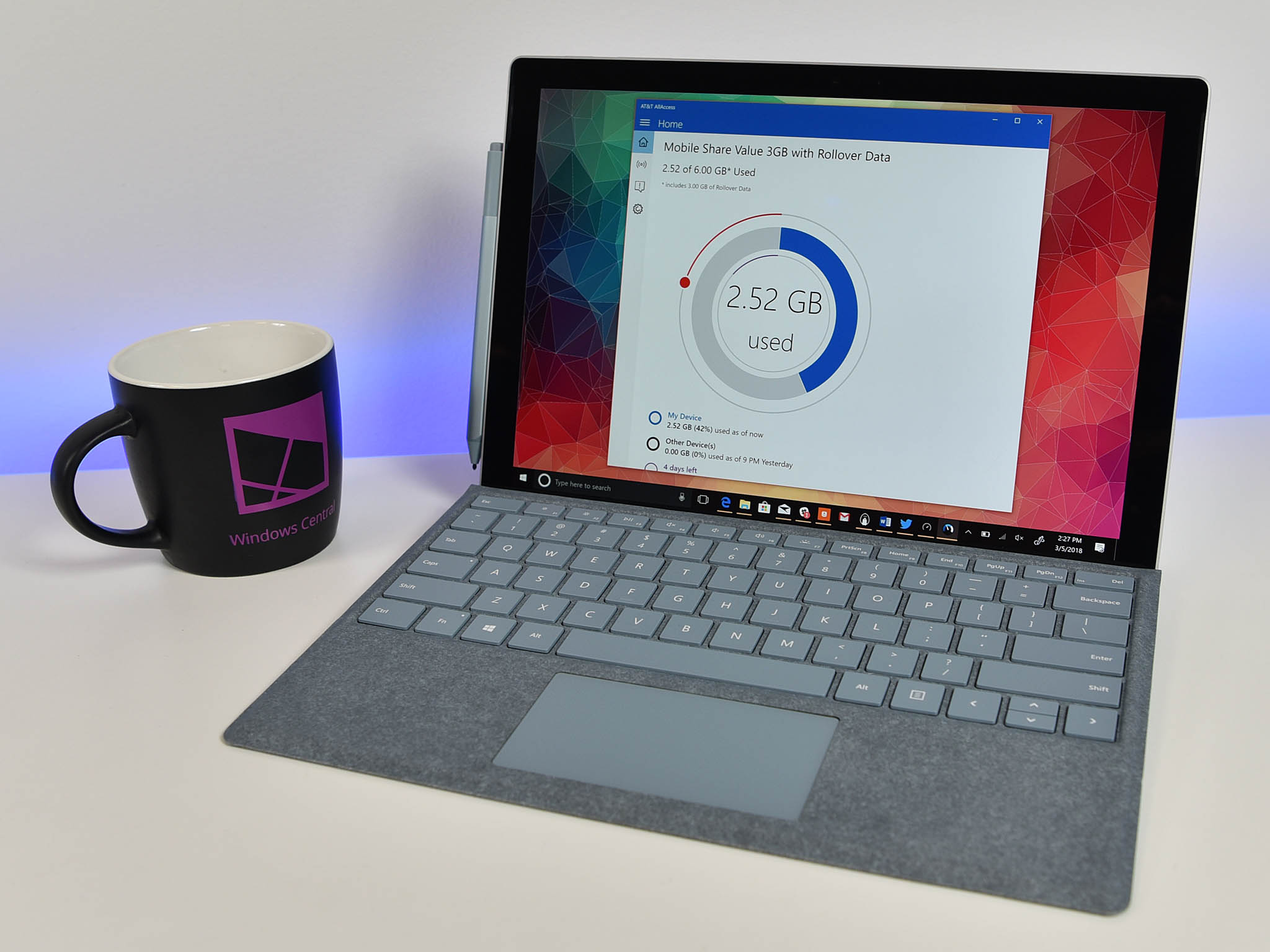Why (and how) Windows 10 PCs with LTE and eSIM will change the game
Soon having a PC that's always connected to the internet via a cellular network will be the new normal. And that change starts now.

Over the course of conducting my review of the Surface Pro with LTE the reality of how important having 4G LTE built into a PC became obvious. That's in part due to embedded SIM (eSIM) technology, which is built into the Surface Pro with LTE and future devices.
For those not familiar with the technology, eSIM digitally delivers the same functionality of a physical SIM card – network authorization, IMEI number, and APN configuration data. It's analogous to having a blank SIM card built into the computer that can be programmed to work with any carrier. It also means you can buy data plans through a digital store instead of going to T-Mobile and buying a prepaid SIM.
The value of eSIM
The ability to take a PC or 2-in-1 wherever in the world you are and still have multiple ways to get on the internet is going to be critical for businesses, the modern nomadic millennial workforce, creators, those who are self-employed, and even regular consumers.
Currently, most people rely on open Wi-Fi to get online when in public and using a PC or tablet. When in a pinch, a savvier user will wirelessly tether to their smartphone. I often hear that tethering is a viable alternative to the Surface Pro with LTE – and forthcoming Always Connected PCs from HP and others. But you'll be surprised at how many people don't know about tethering, or just don't have plans that support it (some carriers still have it as an extra).
Related: Why Microsoft's mobile future may depend on eSIM
Tethering is not mainstream, nor is it efficient. Using your phone to relay data to your laptop technically works, but the drain on battery and bandwidth bottleneck make it a less-than-ideal experience.

In comparing the OnePlus 5 and Surface Pro with LTE both on the AT&T network, side by side, the Surface repeatedly trounces the OnePlus for overall data pull and reception. An extra 30Mbps download, or double the upload speed, is not a trivial difference.
Get the Windows Central Newsletter
All the latest news, reviews, and guides for Windows and Xbox diehards.
In other words, wireless 4G tethering is a kludge, not a solution.
Buy data when you need it

As someone who is continuously connected at home or in the office to highspeed internet, I rarely need the 3GB of AT&T data I pay for every month. That SIM card often is laying around doing nothing. AT&T is kind enough to roll over the data, so I have 6GB this month, but that just demonstrates that it's a colossal waste of money. And sometimes the Wi-Fi that is available in public is so bad, it's useless.
For these reasons, I'm very excited at the prospect of buying cellular data by chunks when I need it, rather than a monthly subscription and commitment to a carrier. That is the future of eSIM, and Microsoft is getting starting with Surface Pro and very soon with the HP Envy x2.
It's no secret that Microsoft is partnering up with carriers around the globe to sell single-use data packages through the digital Microsoft Store. Imagine buying 1 GB of data the same way you buy a game or an app. With that single-click convenience, the Store then utilizes the eSIM to get you online. No tethering, no going to your local carrier to get a physical SIM, and no monthly plan.
This lowering of the barrier to ubiquitous 4G LTE on a laptop is only hindered by the cost of putting in a modem and the fact that eSIM is just starting to come on the scene. (Let's give Microsoft some credit for being ahead of the market here for once).

If every Windows laptop came with an LTE modem with eSIM technology and users could just one-click buy some bits of data, that would change the way we see and use PCs. Carrier will like it, too, because a whole new base of customers will be one-click away from a purchase.
As Microsoft and its partners continue to make laptops thinner, lighter, smaller – and soon foldable – the addition of always-there internet dramatically increases the purpose of those devices.
For all these reasons the Surface Pro with LTE, while not for everyone due to costs, is a trailblazer. Currently, the eSIM technology inside it is sitting idle, but later this year when Microsoft Store data plans come online, that changes. Combined with Always Connected PCs at lower price points and eventually Windows Core OS ("Polaris") how we use PCs is going to change dramatically.
And I simply can't wait.
Further reading
- HP's Qualcomm Snapdragon-powered Envy x2 is now up for preorder
- Why Microsoft may gain an upper hand with carriers thanks to 'Always Connected' PCs
- AT&T, T-Mobile, and more major carriers will support Always Connected PCs
- Intel working with Microsoft, HP, Dell, and Lenovo to ship 5G laptops in 2019
- AMD and Qualcomm join forces in 'Always Connected PC' effort

Daniel Rubino is the Editor-in-chief of Windows Central. He is also the head reviewer, podcast co-host, and analyst. He has been covering Microsoft since 2007 when this site was called WMExperts (and later Windows Phone Central). His interests include Windows, laptops, next-gen computing, and wearable tech. He has reviewed laptops for over 10 years and is particularly fond of 2-in-1 convertibles, Arm64 processors, new form factors, and thin-and-light PCs. Before all this tech stuff, he worked on a Ph.D. in linguistics, performed polysomnographs in NYC, and was a motion-picture operator for 17 years.
